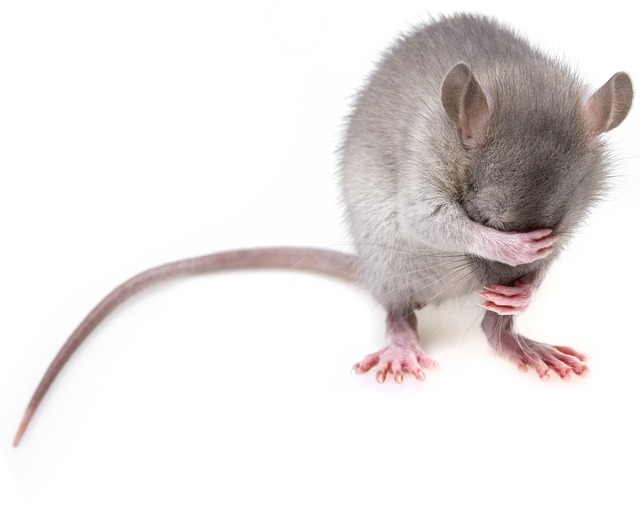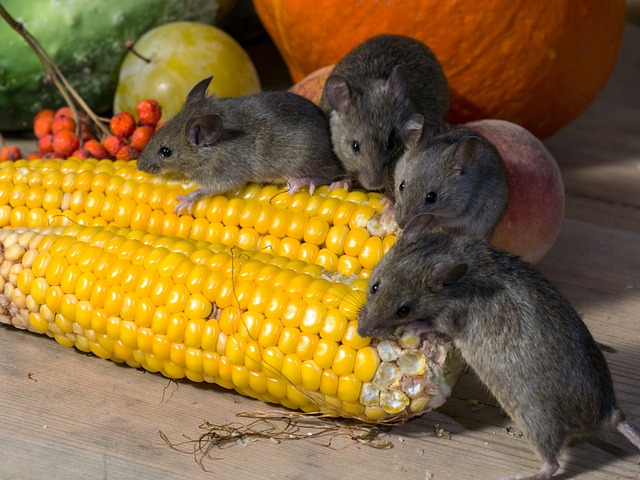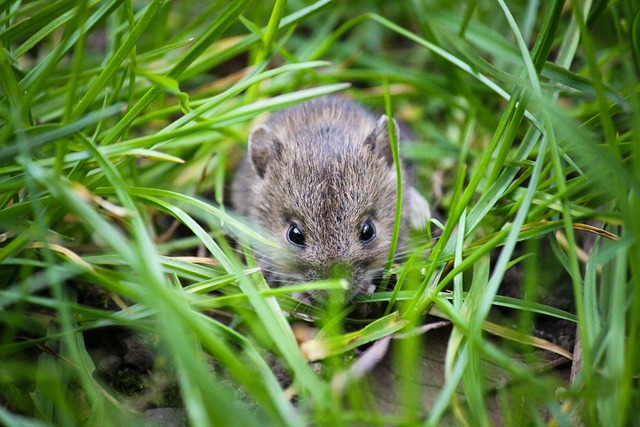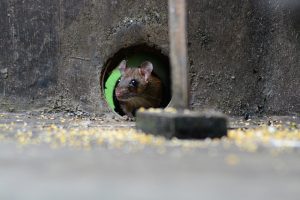In Vail, Arizona, the focus on sustainable and humane rodent control practices is central to preserving both the local ecosystem and community well-being. The approach emphasizes integrated pest management (IPM) strategies, which include sealing entry points, removing attractants, and employing non-lethal methods like humane traps. These methods align with Vail's commitment to environmental stewardship and aim to prevent the overpopulation of rodents that can lead to property damage and health risks. By deterring rodents through exclusion techniques and habitat modification, Vail effectively manages pest issues without resorting to harmful chemicals, thus protecting wildlife and ensuring the safety of domestic animals. This proactive and eco-friendly approach to rodent control in Vail AZ exemplifies a sustainable model that respects the balance between urban living and natural habitats.
In Vail, Arizona, the coexistence of humans and rodents presents a unique ecological challenge. As homeowners and wildlife enthusiasts navigate the need for rodent control in Vail, AZ, the importance of eco-friendly and humane methods becomes paramount. This article delves into understanding rodent behavior and their impact on the local ecosystem, followed by a comprehensive exploration of eco-friendly strategies tailored for homeowners, and concludes with an examination of compassionate approaches to manage rodent populations within Vail’s natural habitats. Embracing these practices not only safeguards homes from infestations but also ensures the well-being of our environment and its inhabitants.
- Understanding Rodent Behavior and Ecological Impact in Vail, AZ
- Eco-Friendly Rodent Control Strategies for Homeowners in Vail, AZ
- Humanitarian Approaches to Rodent Management in Vail's Natural Habitats
Understanding Rodent Behavior and Ecological Impact in Vail, AZ

In Vail, Arizona, effective rodent control is a delicate balance between addressing immediate concerns and safeguarding the local ecosystem. Understanding rodent behavior is paramount for implementing humane and eco-friendly control methods. These small mammals exhibit distinct patterns that can inform preventive strategies; for instance, they often seek out habitats with abundant food sources and shelter from predators and harsh weather. By examining these behaviors, residents and pest management professionals can identify potential entry points into structures and eliminate attractants, reducing the likelihood of rodent infestations.
The ecological impact of rodents in Vail is a significant factor to consider. Rodents play a role in seed dispersal and soil aeration, contributing to the health of natural habitats. However, when their populations exceed carrying capacity, they can become invasive, leading to damage of crops, property, and infrastructure. This overpopulation can also result in the spread of diseases, posing a threat to both wildlife and human health. Eco-friendly rodent control methods in Vail focus on long-term solutions that protect the local environment, such as habitat modification, exclusion techniques, and non-lethal traps that humanely relocate rodents to areas where their presence is less disruptive. These methods prioritize the well-being of all inhabitants of Vail, Arizona, ensuring a sustainable approach to rodent control.
Eco-Friendly Rodent Control Strategies for Homeowners in Vail, AZ

In Vail, Arizona, homeowners are increasingly turning to eco-friendly rodent control strategies to manage infestations while preserving the local environment and ensuring the welfare of these creatures. The arid climate and diverse habitats in Vail mean that rodents such as pack rats, squirrels, and mice can be both a nuisance and a challenge to control using traditional methods. Eco-conscious solutions focus on exclusion, habitat modification, and natural repellents as the first lines of defense against these pests. Exclusion involves sealing entry points to prevent rodents from entering homes, which is a critical step in maintaining a rodent-free environment without resorting to harmful chemicals. Homeowners can also modify their landscapes by removing sources of food and water that attract rodents, such as uncovered trash cans or pet food left outdoors.
Furthermore, employing natural repellents like peppermint oil, cayenne pepper, or predator urine can effectively deter rodents without the use of toxic substances. These methods align with Vail’s commitment to environmental stewardship and sustainable living practices. It’s important for residents to understand that eco-friendly rodent control is not a one-time effort but an ongoing process that includes vigilance, proper sanitation, and sometimes the enlistment of professional wildlife managers who specialize in humane and non-lethal removal and relocation techniques. By integrating these strategies, Vail residents can enjoy a harmonious coexistence with local wildlife while effectively managing rodent populations on their properties.
Humanitarian Approaches to Rodent Management in Vail's Natural Habitats

In Vail, Arizona, where natural habitats coexist with residential areas, adopting humane and eco-friendly rodent control measures is paramount for maintaining ecological balance and respecting animal welfare. Traditional methods often involve harsh chemicals that can be detrimental to both the environment and non-target species. Alternatively, Vail’s community and pest management professionals advocate for integrated pest management (IPM) strategies that emphasize exclusion, habitat modification, and population control through non-lethal means. By sealing entry points and removing attractants like food scraps and standing water, homes can be made less inviting to rodents. Additionally, traps that humanely capture and relocate rodents are favored over toxic baits. These methods not only reduce the risk of secondary poisoning affecting wildlife and pets but also align with Vail’s commitment to preserving its natural beauty and diverse ecosystems. By prioritizing humane practices in rodent control, Vail AZ sets an example for sustainable living that respects both human and animal inhabitants.
In conclusion, addressing the challenges of rodent control in Vail, Arizona, necessitates a thoughtful approach that harmonizes with the region’s ecological integrity and humanitarian considerations. By understanding rodent behavior and their impact on local ecosystems, homeowners and wildlife managers can implement eco-friendly and humane strategies tailored to Vail’s unique environment. These methods not only protect property but also ensure the welfare of these creatures and the preservation of biodiversity. Homeowners are encouraged to adopt preventative measures, such as proper waste management and habitat modification, alongside seeking professional assistance when necessary. Through collective action and informed decision-making, Vail can set a precedent for humane rodent control that balances environmental stewardship with the needs of the community.
